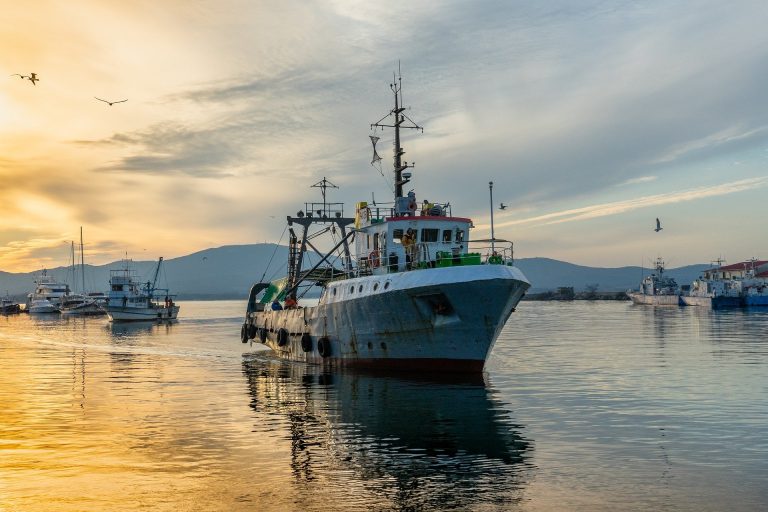The Washington-based Center for Strategic and International Studies (CSIS) stated that a large fleet of vessels operated by Chinese maritime militia have been patrolling the Spratly Islands for quite some time. These units reportedly work in tandem with or are funded by the Chinese government.
“Since completing the construction of its artificial island outposts in the Spratly Islands in 2016, China has shifted its focus toward asserting control over peacetime activity across the South China Sea. A key component of this shift has been the expansion of China’s maritime militia—a force of vessels ostensibly engaged in commercial fishing but which in fact operate alongside Chinese law enforcement and military to achieve Chinese political objectives in disputed waters,” the report states.
Located in the South China Sea, the Spratly Islands are claimed by multiple nations, such as Taiwan, Malaysia, Vietnam, and the Philippines. Communist China has been constantly working towards wresting control of the region by building artificial islands that have airstrips, sheltered ports, and other strategic military infrastructural components
According to the CSIS report, the origins of Chinese maritime militia can be traced back to the 1950s when communist China was implementing its coastal defense operations. After China took control of the Paracel Islands from Vietnam, the government has been supporting militia through fuel subsidies as well as subsidies for the construction and repair of vessels operating in the South China Sea.
Since then, the militia has continued to grow in size with continued support from Beijing. It plays a crucial part in the Chinese regime’s agenda to expand its territorial and maritime claims. The militia force makes use of fishing vessels to threaten and terrorize other nations that are claiming their stake in the debated waters.
Success
You are now signed up for our newsletter
Success
Check your email to complete sign up
The CSIS report cites examples from the 2000s of the militia’s intimidating tactics against foreign entities whose interests crossed paths with Beijing’s agenda. Militia vessels have purposefully rammed into other foreign vessels, wreaked havoc on their sonar or exploration equipment, fired water cannons, and even thrown out garbage in their paths.
Greg Poling, director of the Southeast Asia Program and the Asia Maritime Transparency Initiative at CSIS, believes that the push to give the militia a more “professional” profile has strengthened ever since President Xi Jinping stepped into office.
“The value of the militia is because it has a degree of deniability. Beijing can just claim that these are commercial actors, but remote sensing and photographic evidence can be combined to distinguish militia vessels from non-militia,” Poling told Al Jazeera.
In March, 200 fishing boats suspected to be from the Chinese militia dotted the waters around the Whitsun Reef, ultimately resulting in a major diplomatic situation between communist China and the Philippines. Whitsun Reef is part of the Spratly Islands.
Hu Bo, director of the Center for Maritime Strategy Studies at Peking University, criticized the CSIS report. Although “the militia has long been a traditional part of China’s national defense,” it has no major role in advancing government policies anymore, he insisted. Hyping up the maritime militia influence “is the most ridiculous ‘China threat’ theory,” Hu said on social media.
However, Poling rejects such criticism, pointing to strong evidence that the maritime militia continues to play a critical role in Beijing’s overall plans.















